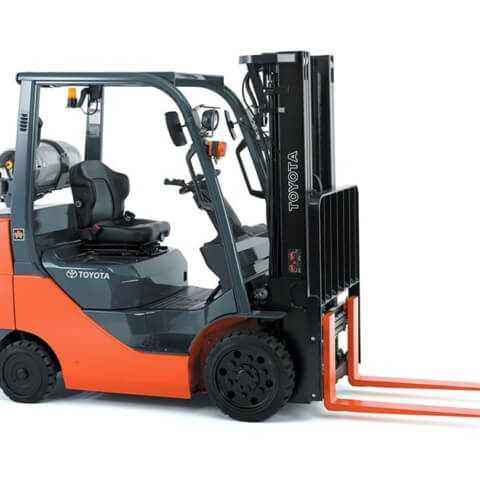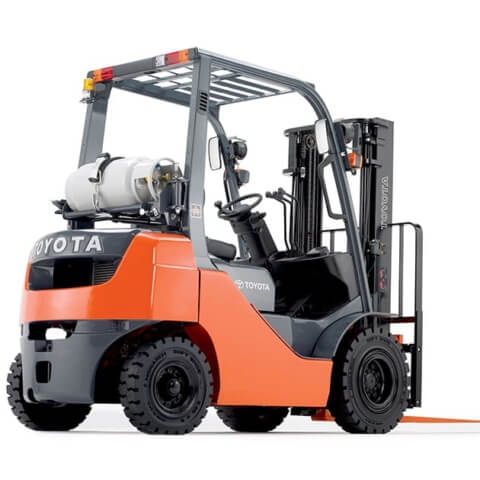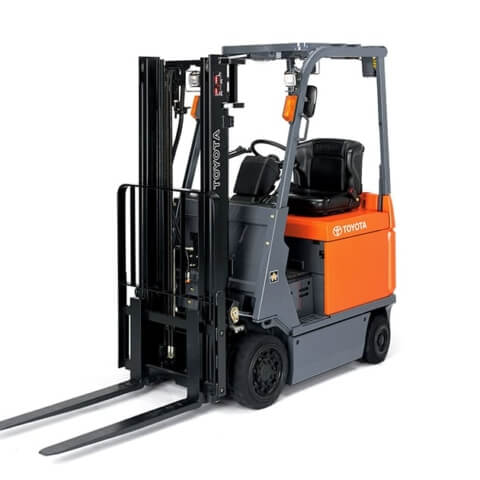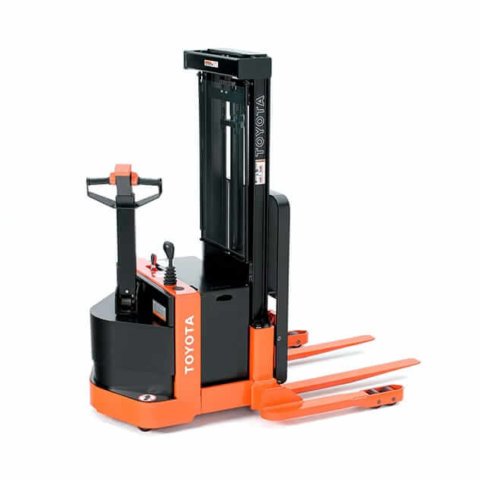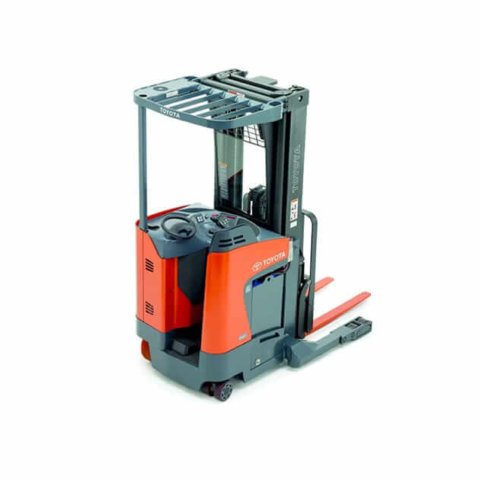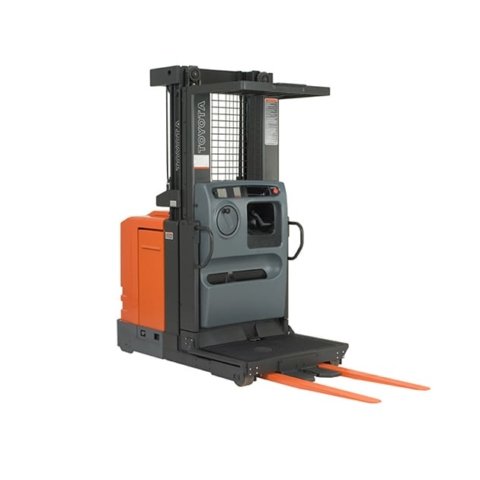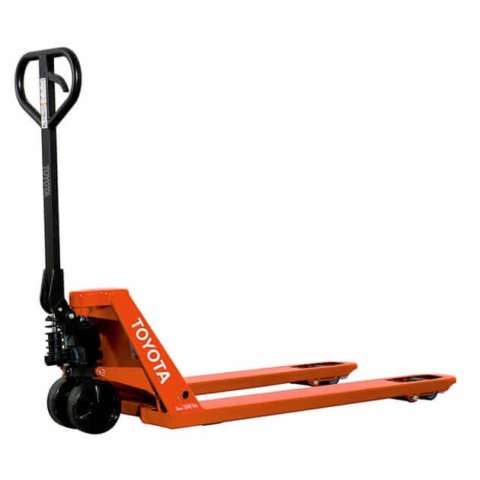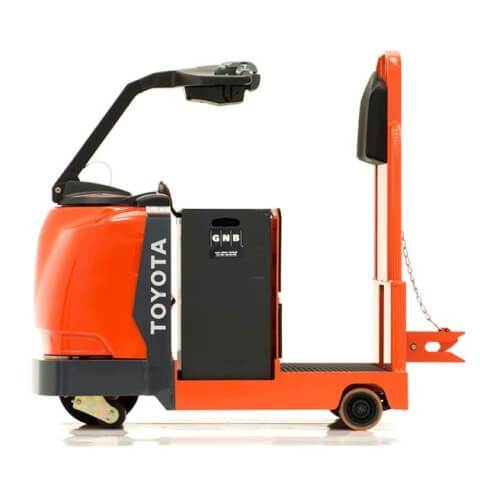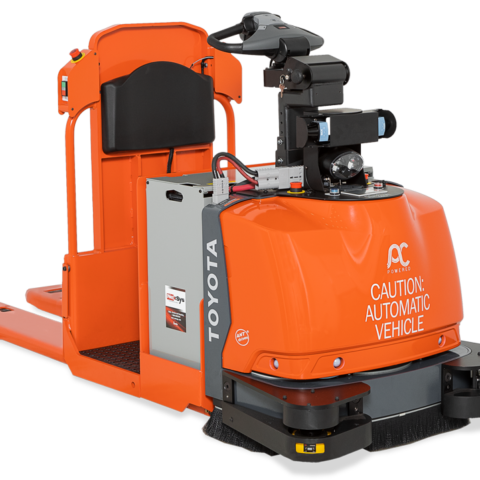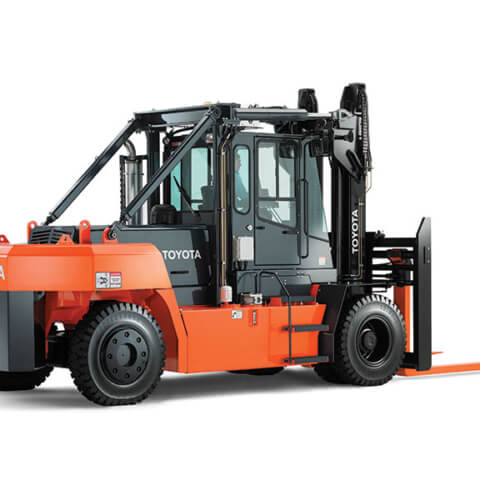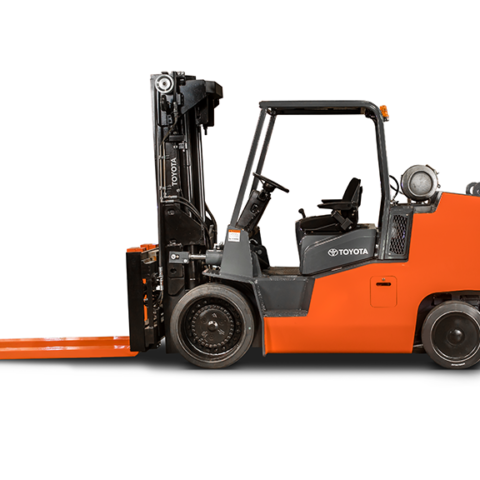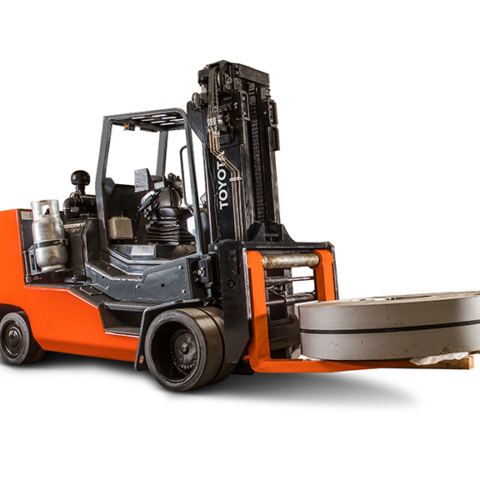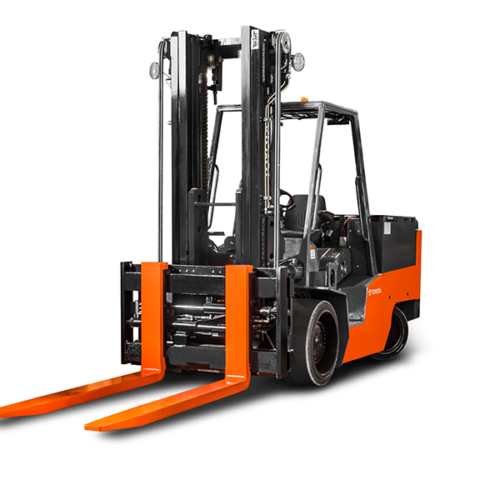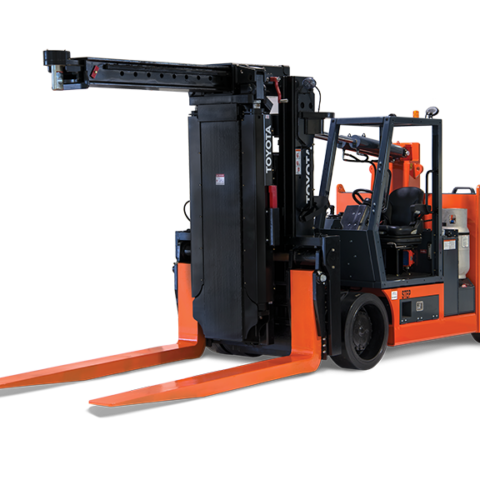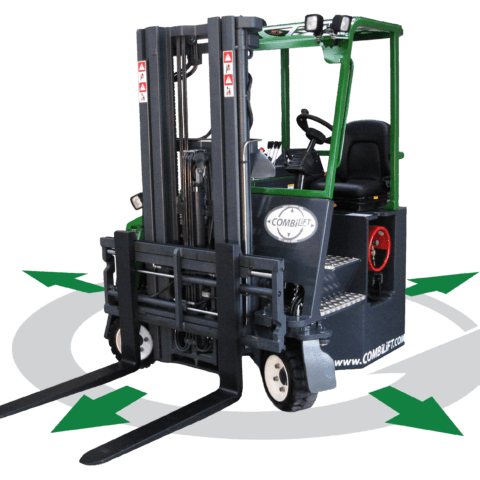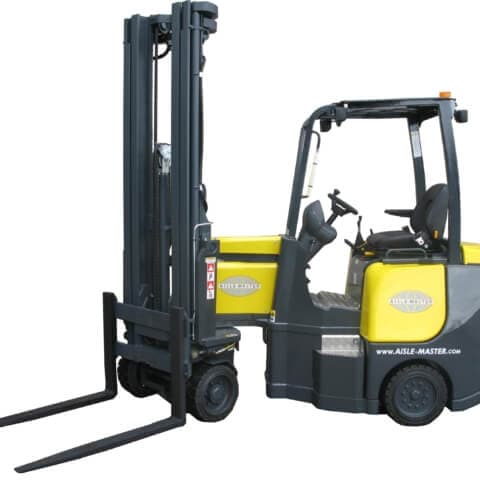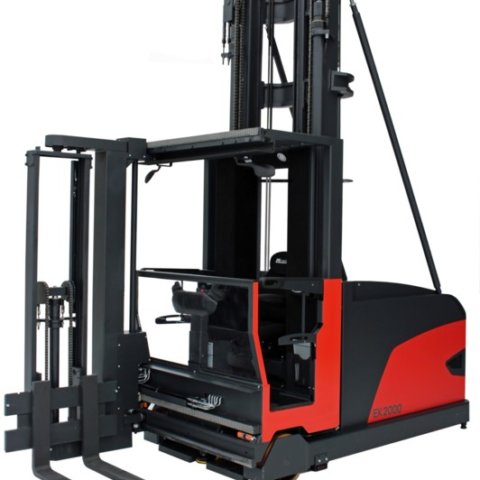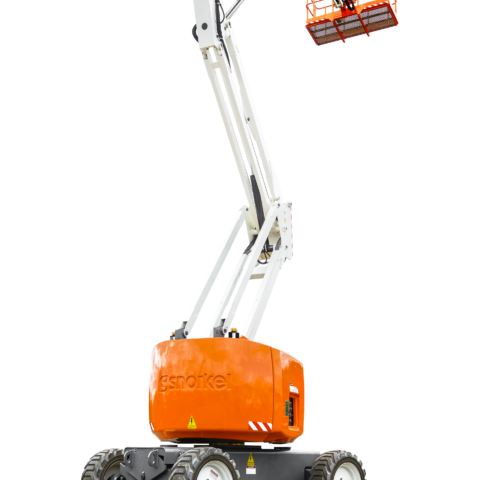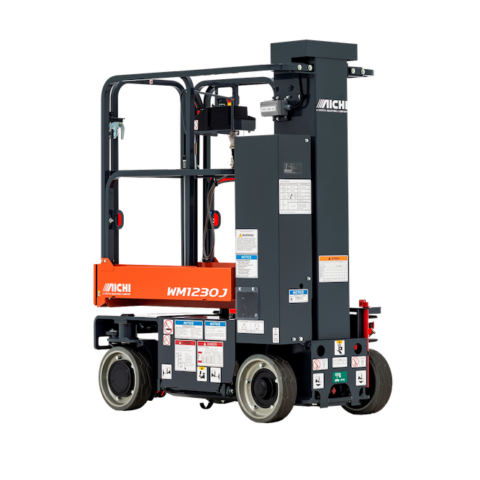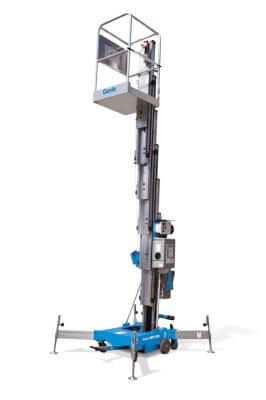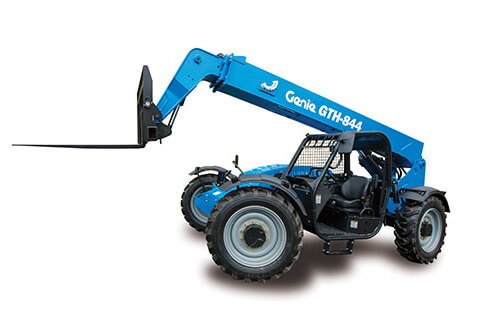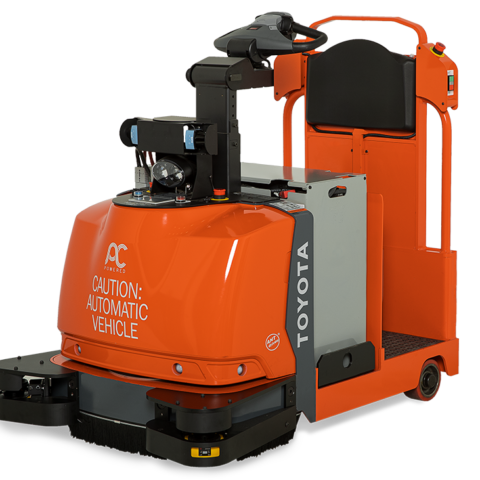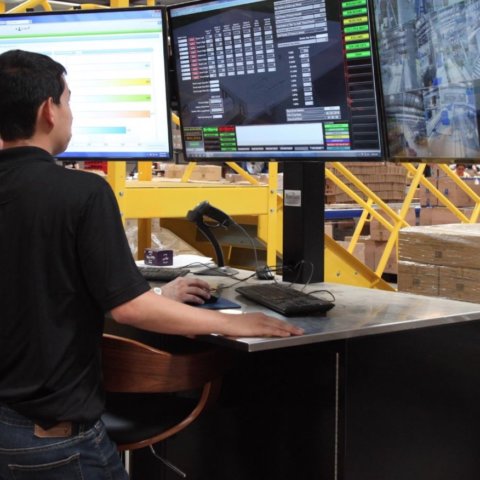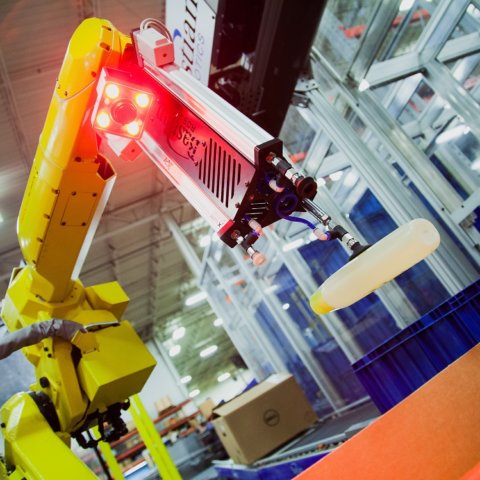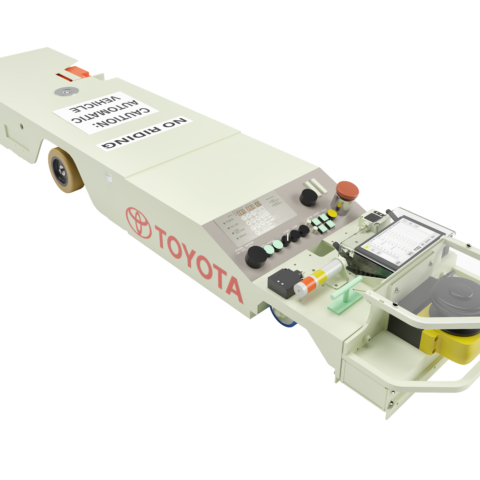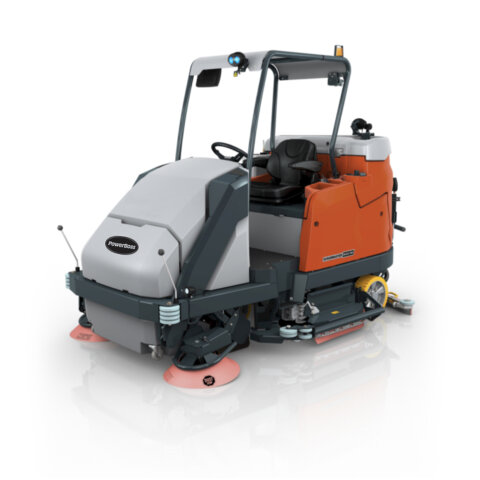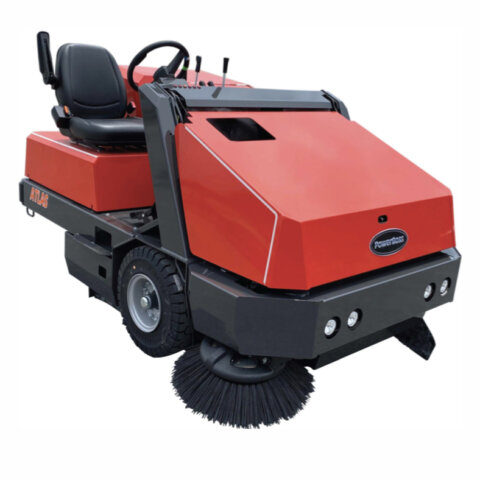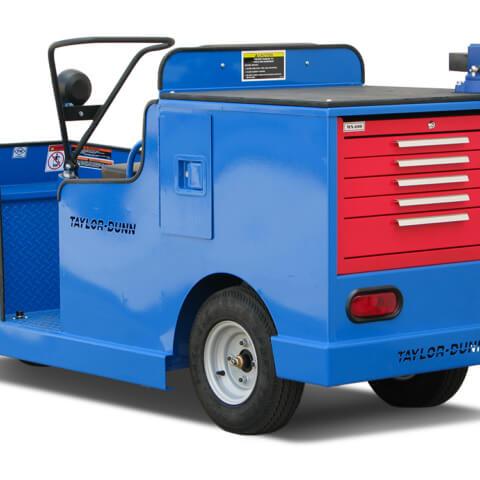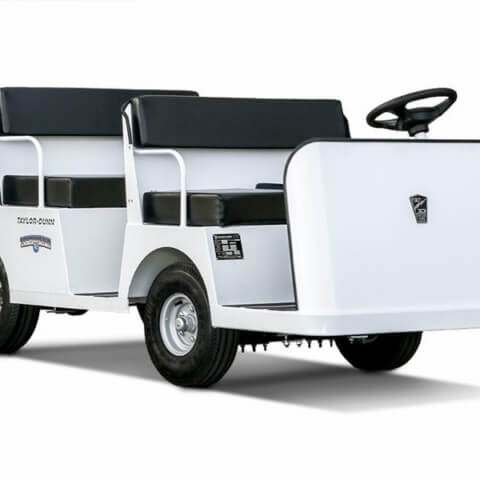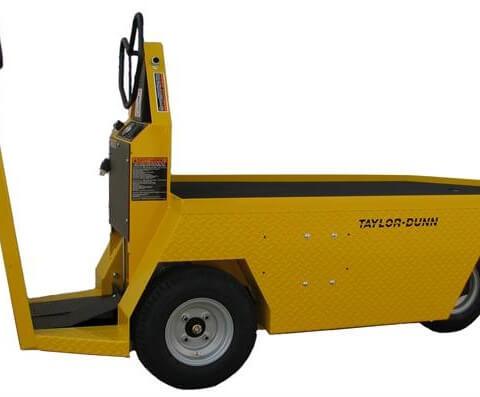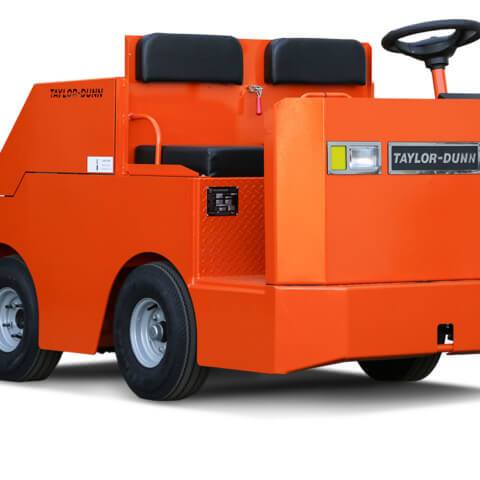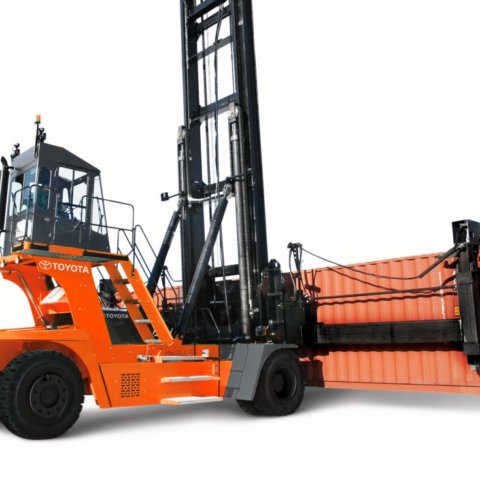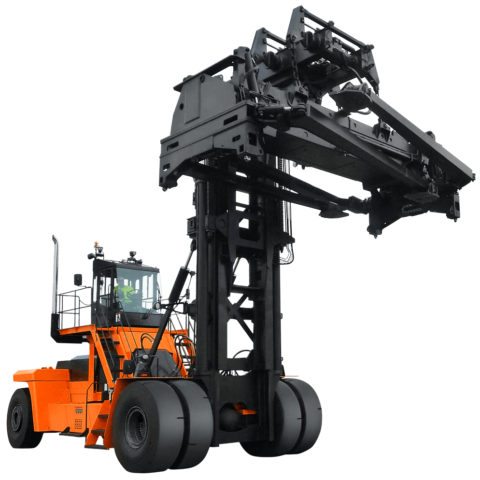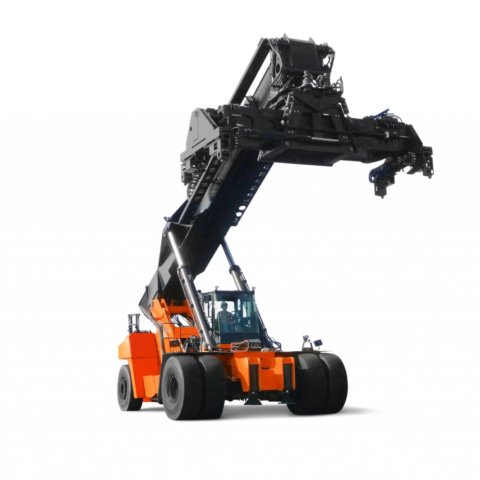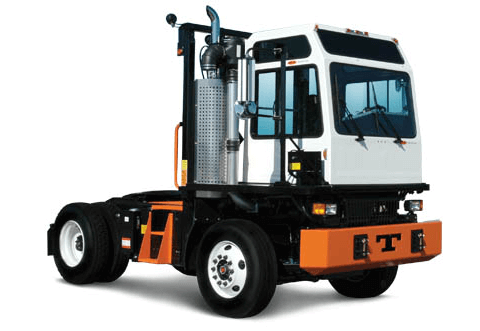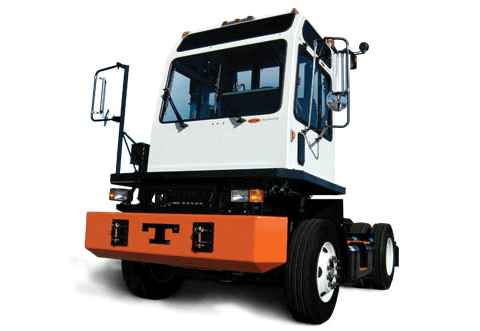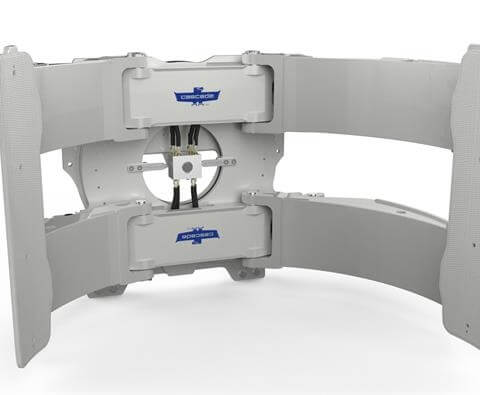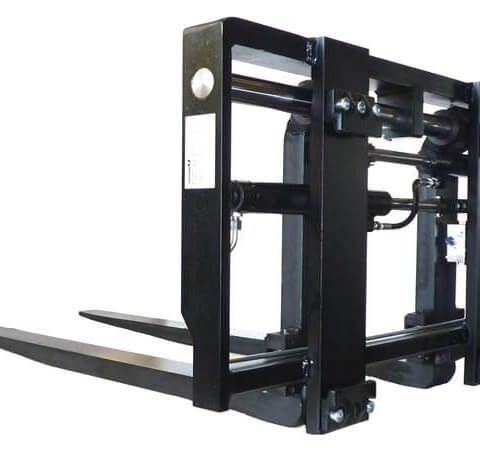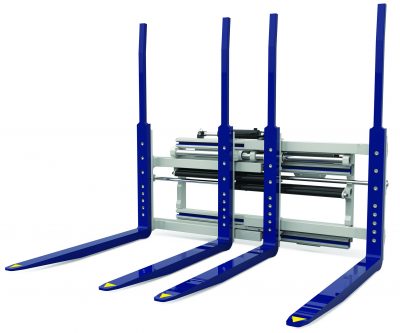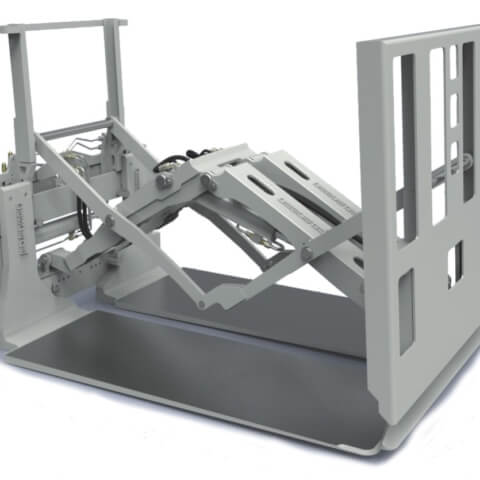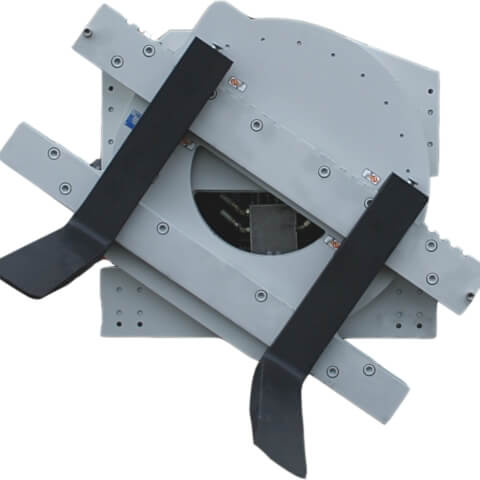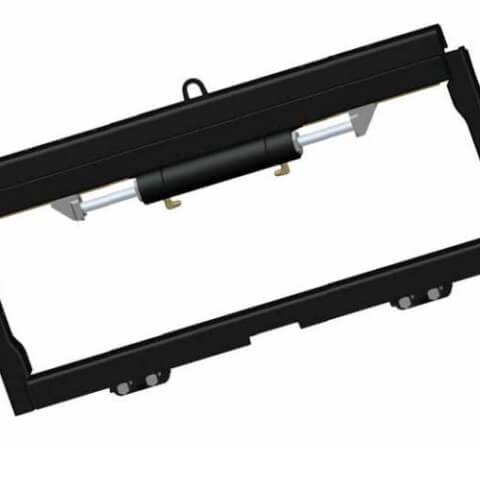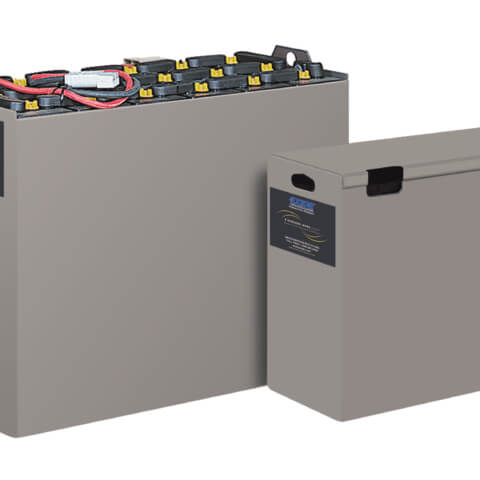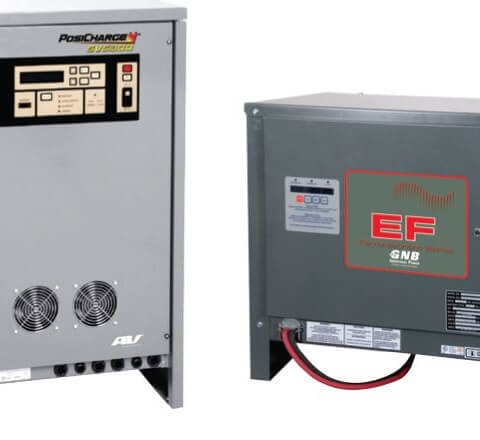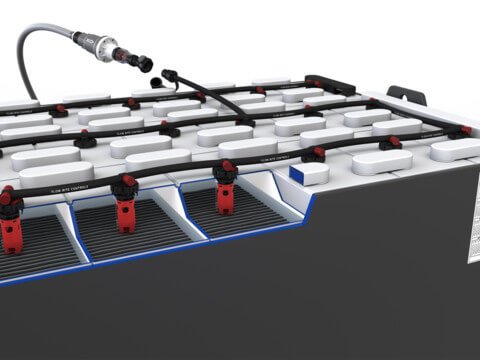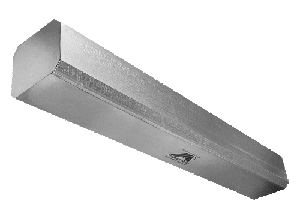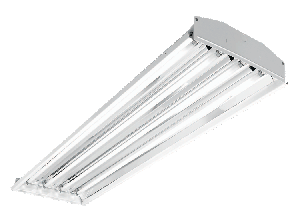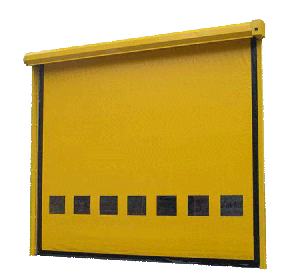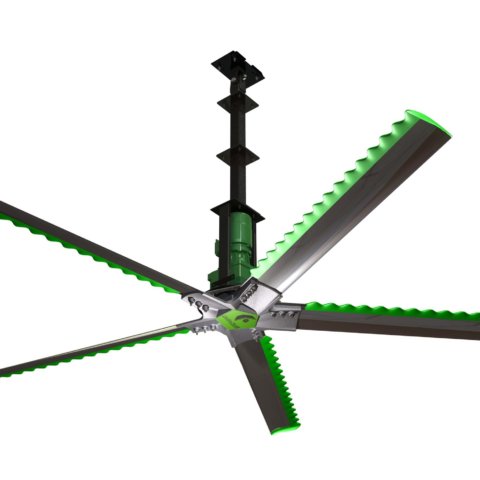Sometimes a pair of forks doesn’t work for the load you need to handle on a forklift. For these loads, a forklift attachment adds flexibility. Attachments are designed by category; however, the options within each category can be extensive.
Selecting a Forklift Attachment
- How do you want to handle the load?
- What is the weight of the load?
- How high do you need to lift the load?
- How many hydraulic functions will be required?
- Will the forklift attachment be required only part time?
- How many operators will need to be trained to use a new forklift attachment?
- How can you calculate your return on investment (ROI)?
Common Forklift Attachments
Fork positioners 
Fork positioners offer a quick hydraulically-powered alternative to manual fork repositioning. They are useful where pallets of different widths must be handled frequently.
Sideshifters

The sideshifter uses two-way hydraulic cylinders to provide a range of side-to-side, off-center movement to the carriage/fork assembly. This movement adds precision to stacking operations and reduces the need for precise truck positioning.
Rotators
Rotators can be added to uprights when load dumping or load inversion is required. The hydraulically-driven mechanism is capable of rotating a full 360 degrees.
Carton Clamps
These clamps use large, flat, side-plates and two-way cylinders to securely clamp uniform, square slip-sheet loads. These pallet-less loads save up to 10% of useable storage space.
Paper Roll Clamps
The curved arm design of these upright attachments make them ideal for handling rolled or round loads like paper rolls or drums.
Push/Pull Pac
The concept behind the Push/Pull attachment is to enable the truck to handle slip-sheet-stacked (pallet less) loads. The device slips under the load and pushes it off, making this attachment useful for car or van loading.
Have questions about selecting a forklift attachment? Contact ProLift today to speak to an equipment specialist!
Contact Equipment Specialist
